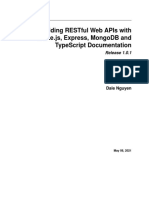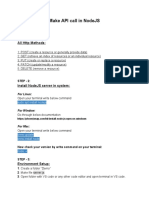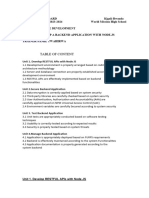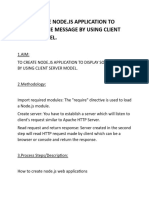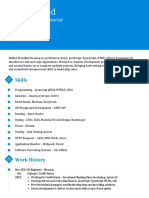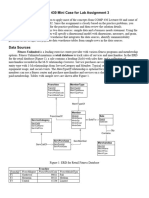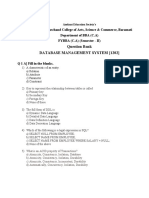0% found this document useful (0 votes)
11 views2 pagesChatgpt Com
This document provides a step-by-step guide for setting up a Node.js project using Express, Prisma, and PostgreSQL. It covers prerequisites, project setup, dependency installation, Prisma initialization, database migration, server creation, and testing the API. The guide concludes with a recap of the main steps involved in the setup process.
Uploaded by
Victor MwangiCopyright
© © All Rights Reserved
We take content rights seriously. If you suspect this is your content, claim it here.
Available Formats
Download as PDF, TXT or read online on Scribd
0% found this document useful (0 votes)
11 views2 pagesChatgpt Com
This document provides a step-by-step guide for setting up a Node.js project using Express, Prisma, and PostgreSQL. It covers prerequisites, project setup, dependency installation, Prisma initialization, database migration, server creation, and testing the API. The guide concludes with a recap of the main steps involved in the setup process.
Uploaded by
Victor MwangiCopyright
© © All Rights Reserved
We take content rights seriously. If you suspect this is your content, claim it here.
Available Formats
Download as PDF, TXT or read online on Scribd
/ 2


























